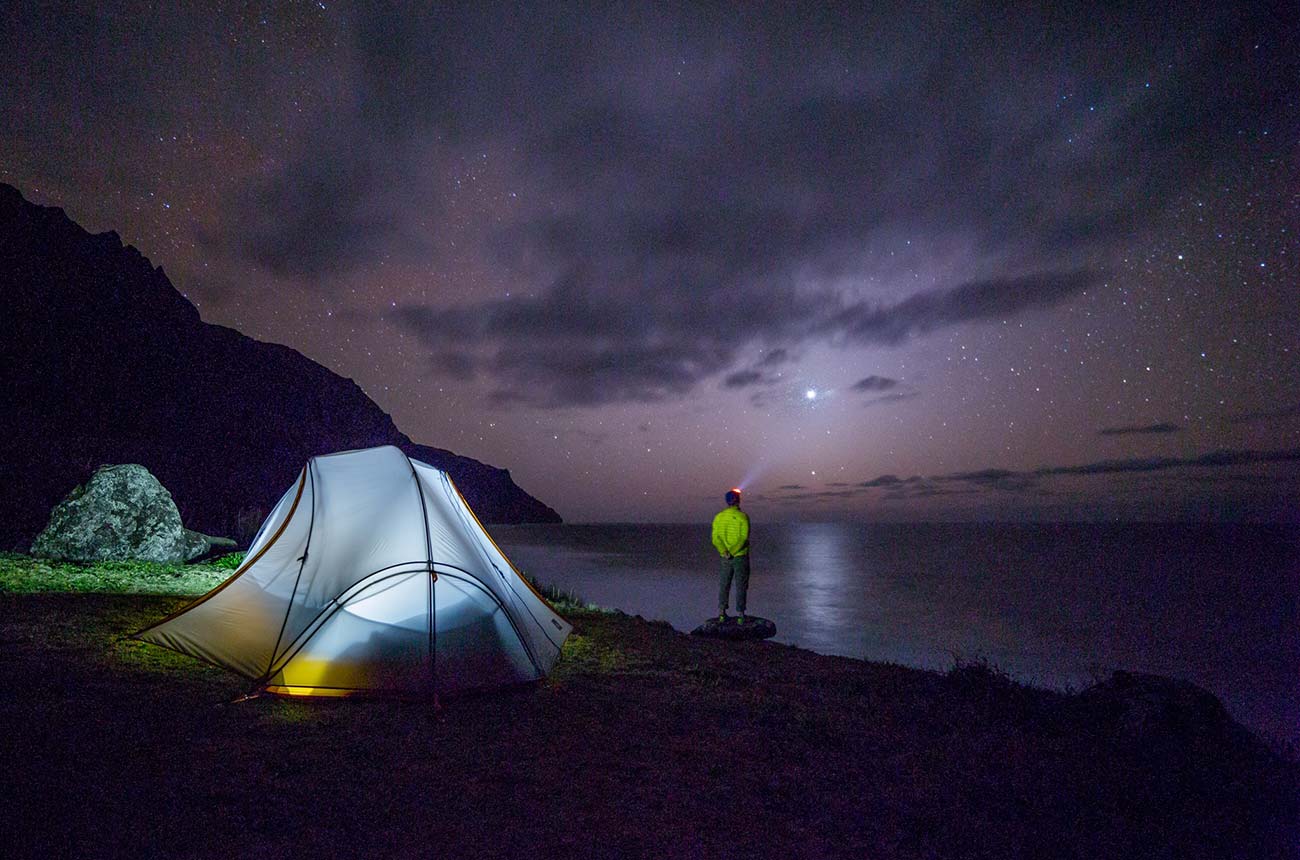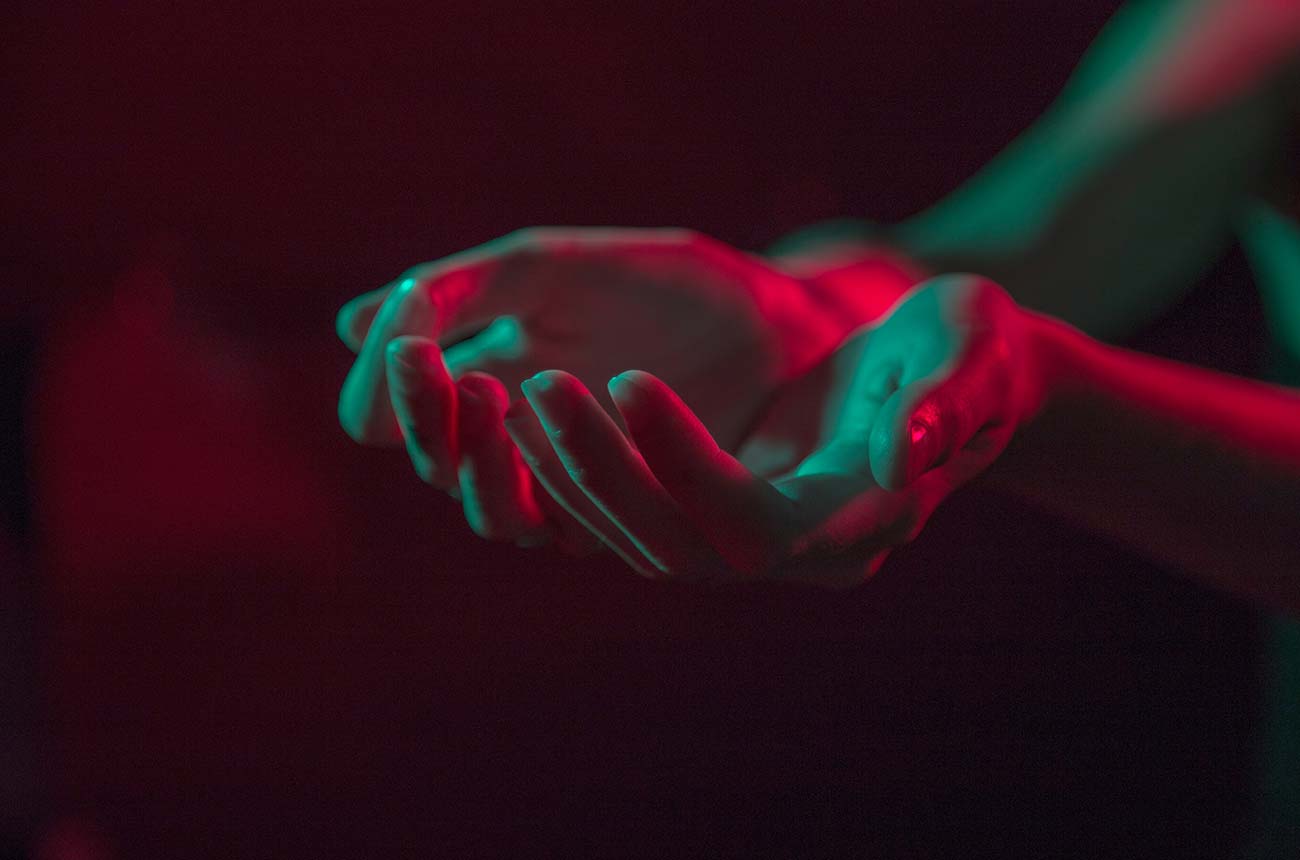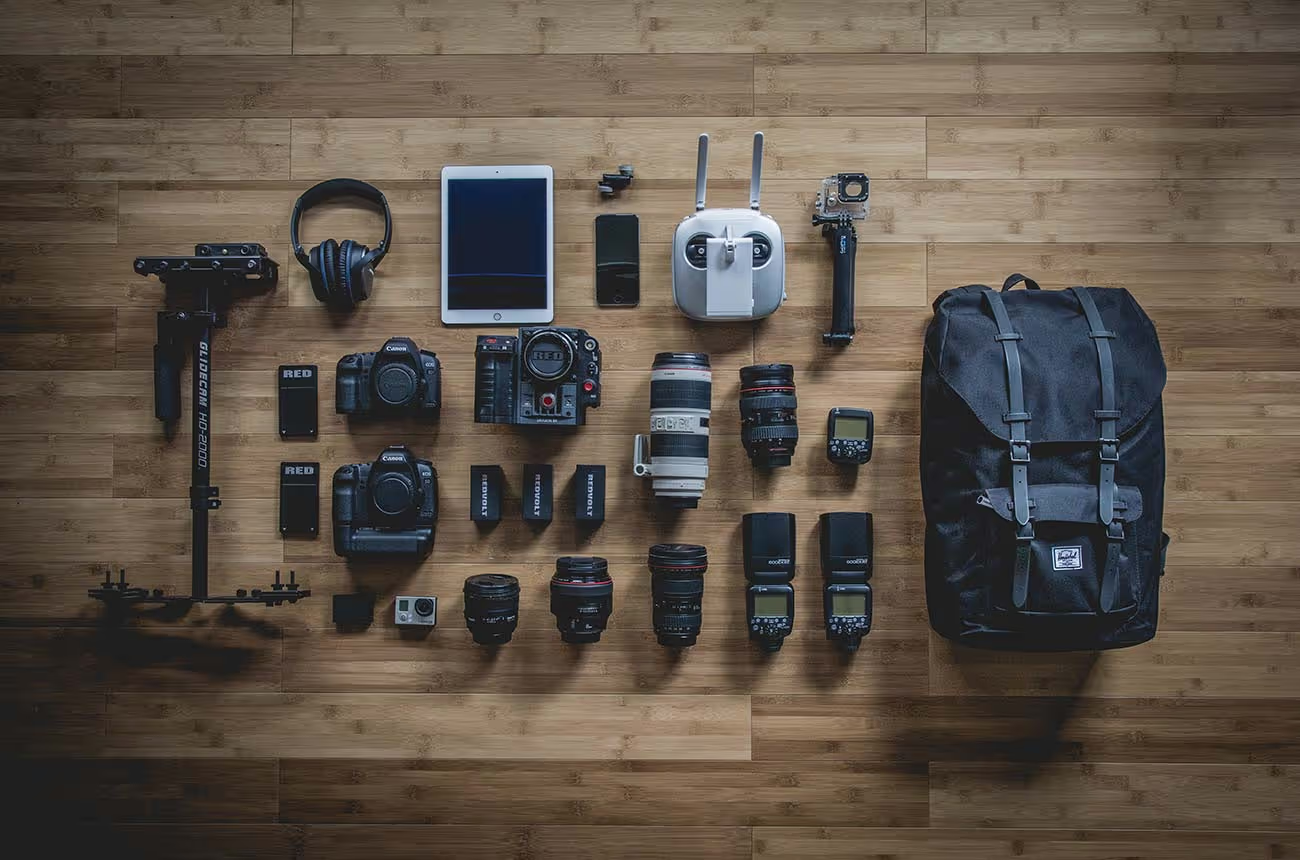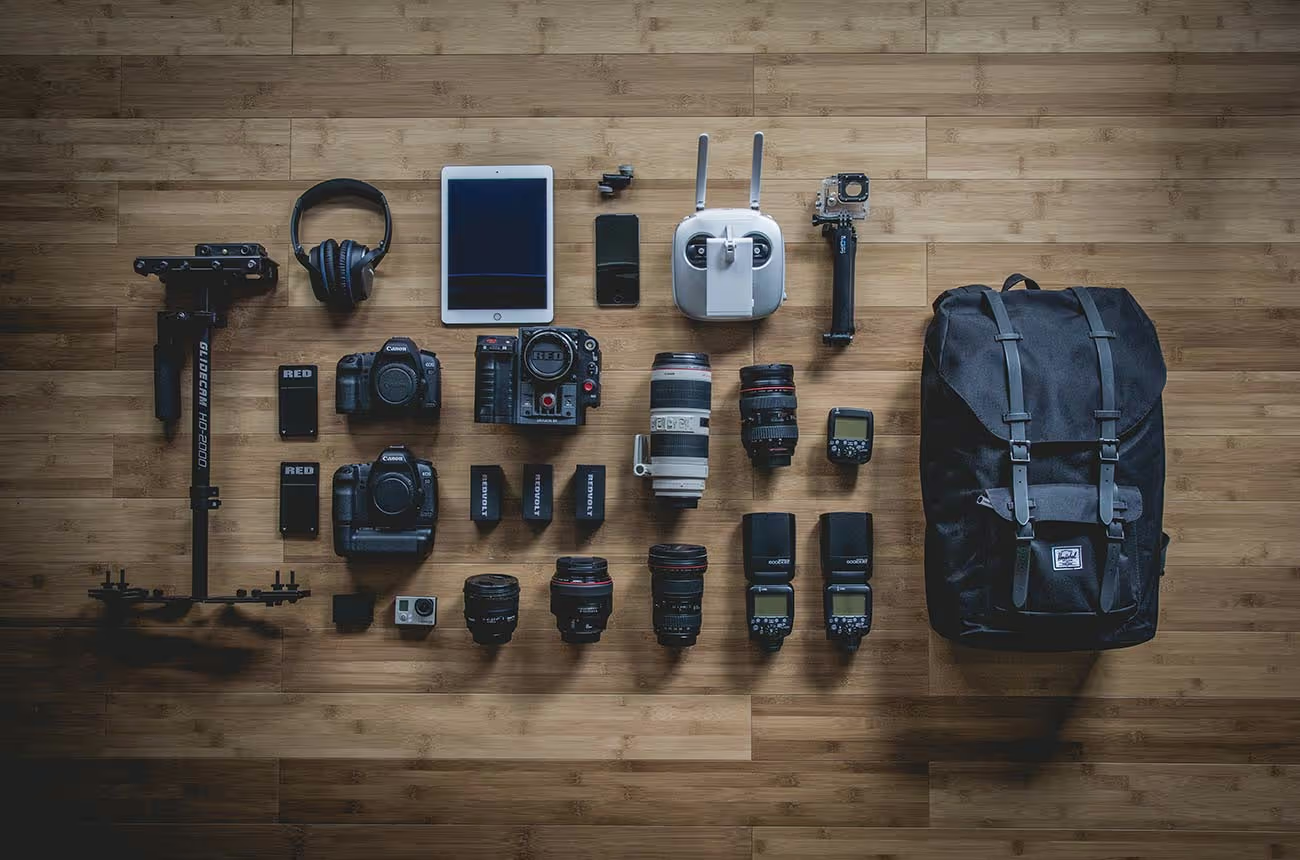
Photographer Demands a Fair Go
In the comparatively small arts and entertainment industries of New Zealand, it does not always occur to artists to protect their rights to their work. A blasé attitude can sometimes take hold, and copyright disputes seem like problems that befall other people, far away in a much larger marketplace. This can be an unfortunate mistake!
Stuart Page has been a photographer for over 20 years. He started out as a musician in the post-punk era group The Axemen, before he had his first break directing and filming the controversial 1988 Skeptics music video A.F.F.C.O. Stuart describes the video, recently cited in the C4 television show that covers 100 Moments that Rocked the Nation, as “something of a cult item”. Most recently, he completed a documentary profiling the life of New York born photographer Larence Shustak, resident in Christchurch for 30 years till his death in 2003.
In addition to his music and video work, Stuart has worked as an in-demand commercial photographer; and one of his many assignments was for the Ceroc Dance Studio in 2003. “I had been quite interested in the Latin tango style, and after researching it I discovered it had actually originated in the back streets of Argentina. So I thought it would be good to take a picture [for Ceroc] in an alleyway. So that’s exactly what we did. One happened to turn out really well, so that was the one we used for the magazine-style stuff, and Ceroc ended up using it for a billboard themselves.” Ceroc agreed that Stuart would remain the copyright holder for the images.
Some five years later, Dave Cogan, the dancer featured in the Ceroc photograph, was driving with his girlfriend down a busy Whangarei street. The couple had just passed a billboard promoting a local Peugeot dealership when his girlfriend remarked on how the dancer in the picture resembled Cogan. When Cogan turned around he saw that the dancer in the billboard was in fact him. He immediately got out of his car and took a picture of the mysterious advertisement. He then emailed his photograph to the Ceroc Dance Studio, who in turn contacted Stuart to confirm that he had granted Peugeot permission to use the image in a billboard. Stuart’s response was one of surprise. “My first question,” he notes, “was ‘How the hell did they get it?’” He approached the North Shore-based printing company that produced the original billboard and they denied ever having passed the photograph on. He then proceeded to track down all the contacts and businesses that had been in possession of the photograph - none admitted to leaking the image.
“I happened to be going up to the Bay of Islands, so I went and had a look at the billboard for myself,” explains Stuart. “I took my own photograph of the billboard. I was looking at it and it seemed really low quality. It looked as if they might have blown it up off the web picture. So, when I got home I opened up Photoshop. I contacted the Webmaster from Ceroc, and he sent me the original picture they had on the web because it was no longer up.”
“I overlapped the billboard and the web picture and it was like, ‘Hello’, because it was such a small picture on the website. It was only about 2 inches (5cm) high. The thing that really jumped out about it was that when you squash a picture down small, you compress it and it gets all these weird artifacts on it, and when you blow it up again they look really ugly. The model had this great big square chunk sticking out of her leg. The guy who created the billboard had blown this thing up from two inches to five meters high or something. So it was clear where they got it from.”
Stuart contacted Peugeot NZ to inform them of the situation. After Peugeot looked into the case, they realized that the billboard was promoting a dealer who sold cars via a registered Peugeot dealer, so it wasn’t Peugeot’s immediate responsibility. They didn’t take issue because it wasn’t the direct action of a registered Peugeot dealer. He then turned to Peugeot France, who informed him that they would pass the issue onto their legal department - but nothing ever came of it, and Stuart never heard back.
He wrote to the car dealer advertised in the billboard and sent them a bill for the photograph, adding a penalty fee. He was uncertain as to what the rate for a penalty fee should be but, after some investigation, found that the standard is 200% of the original fee. He sent the bill to Northern Prestige, who then passed the bill on to their advertising company, Trinity. Trinity wrote back and “basically just laughed at me,” relates Stuart in bewilderment. “They said ‘You must be joking’ and ‘How could you think we would pay this?’”
can you prove that it’s your photo anyway?’ I’m not sure how big their company is, to be quite honest - but they’re certainly small-minded.”
“I contracted a lawyer,” continues Stuart, “because the communications between myself and the advertising agency had deteriorated to a point where he was talking about suing ME. So I got a lawyer on the case. What happened initially was that I had contacted the Techos’ Guild to see if they were able to help with the issue. The Guild put me in touch with the Advertising and Illustrative Photographers Association (AIPA) who have their own lawyer. Unfortunately, because I wasn’t a member they couldn’t do much.”
“AIPA’s lawyer told me they would charge $1000 to write a letter. So then I didn’t know what to do. Thankfully, a photographer friend putell and good and I would just pay the $300. If the letter didn’t work they would file proer brother-in-law who is a lawyer and he agreed to write a letter for $300; and if that letter worked and I got a payment, that would all be well and good and I would just pay the $300. If the letter didn’t work they would file proceedings in court - which is what they did. So I ended up spending a $1000 anyway.”
Prior to taking on a lawyer, Stuart had been in touch with the popular TVNZ consumer affairs program Fair Go, but did not hear back until after the lawyer had been contracted. The lawyer strongly advised Stuart against being in contact with Fair Go because of its potential to complicate his case. Shortly afterwards the lawyer working on his case departed the firm, and his case, in Stuart’s words, “slowed right down. I decided to postpone it and went with Fair Go instead. I figured, if they settle it: all well and good. If they don’t, we go to court. Lucky for me, Fair Go settled it. I got my original fee, plus $1000 towards legal fees.”
When he sent Trinity Advertising’s head Peter Gray the bill, Gray wrote back, stating, “No. $2500 including GST, not plus.” So Stuart replied and told him that he could claim back the GST anyway! That’s how businesses work! Then Fair Go contacted Gray about it also. In retaliation, Gray started threatening to sue TVNZ and Fair Go and all this kind of stuff. In the end, I just sent him a bill for $2500 including GST, just to put an end to it.”
Stuart feels that “New Zealand is not very well set up in terms of protection. In the States, there is a copyright office and you can send a great chunk of photos through to them, pay a fee and they all get registered. We don’t have that here, but it’s probably something we should have.” The New Zealand Copyright Act of 1994 aims to protect the rights of creators of the original expression of ideas by giving the creator a property right in the original work. Intellectual property lawyers recommend that photographers and other visual artists, particularly those who now deal in electronic versions of their works, take matters into their own hands to prevent unlawful copying and appropriation. Technologies to control image use are available, including methods like watermarking and licence keys.
However, after his experience, Stuart believes the law is “too vague. If anyone is going to contest that I took the picture, I’ve got several rolls of film that I shot. Though I guess all that proves is that I’m in possession of the rolls of film. But I did get the dance company to write a letter saying that I still had the copyright.”
“What brasses me off is that Peter Gray and Trinity never admitted to taking the picture from somewhere. He never said where he got it from. He just made up all these crazy ideas. He said he got it out of something called a ‘scrapbook magazine’ - but if it came from a magazine, then when he blew it up it would have all these dots from printing. It didn’t have that. So I know where it came from and I can prove it. I did Photoshop forensics! Plus, he never had to pay a fine for stealing it. I think that would have been more satisfying.”
But what steps will Stuart take to protect himself in the future? “Maybe save a copyright thing into a photo when I send it out, but that’s a bit impractical. Including copyright information when you send it is probably the best way. Just have a trail indicating that you’ve tried to protect yourself. Gray said ‘It’s none of his business where I got [the picture] from’. I figured it was my business!”




























